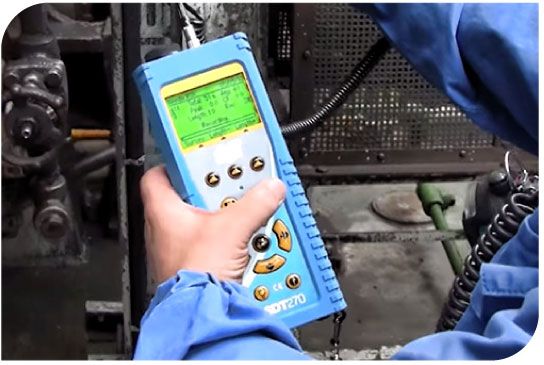Understanding Ultrasound with Allan Rienstra Part 2
When it comes to condition-based monitoring, no matter how hard you try, you can never have 100% failure protection. At some point and on some level even at the smallest levels something is going to go wrong and your assets are going to fail. The best choice is to always plan for those sudden failures to minimize their damage in the end. The only way to ensure that is to have a very good detection strategy in place. Ultrasound helps greatly in achieving this milestone by helping you monitor the health of your entire facilities, giving you a much better proactive approach.
There are a lot of ultrasound devices that give you sound support for sensing high-frequency signals and understand their nature and characteristics. You can predict failures very easily, reduce energy costs because of unwanted downtime, and increase the productivity. But before, you go pick any random ultrasound device for your condition monitoring program, it is very important to know your goals and needs from that kind of program. You should involve every concerning department from planning and scheduling team to the technicians. They will provide you those small details and major insights to buy the right technology for your company.
The activities like inspection, leak detection, bearing condition monitoring, valve condition monitoring, and such take a lot of time. It is not possible to look for all the leak points and especially monitor every corner of your electrical and mechanical systems by relying only on visual inspection. This is where ultrasound saves a lot of time by monitoring change in friction and detecting any kind of turbulence way ahead of time to avoid any serious impacts on your machinery. This gives you enough time to plan for downtime and do maintenance in a scheduled way.
Any good ultrasound program always starts with a complete roadmap of your destination. You should always have an assessment strategy and planned goal alignment meeting in place. This also includes checking what kind of hardware and software will you need and what you have already in place. After you have bought an ultrasound device, make sure you check the facility and plan for on-site visits once in a while. Then you have to learn with time, document everything, have scorecards made, and start tracking the performance all the way. The results are not instant so there are some small wins and little ROI in the start but it gets better with time.
The major element that plays a huge is the cultural change here. You need to start recruiting skilled people, have experienced teams and consult other companies who have expertise in the ultrasound technology reliability-centered maintenance programs. They will guide you all the way if need be. Once you have knowledgeable people in your organization, make sure learning never stops because it makes the cultural change much easier with constant interaction among the staff. Once you have successfully implemented an ultrasound program and start reaping benefits from it, celebrate the victories.
Eruditio, LLC Links:
- Eruditio, LLC
- Eruditio, LLC SDT Store
- A Smarter Way of Preventative Maintenance Free eBook
- Maintenance Planning & Scheduling: Planning for Profitability Video Course
- [email protected]
Allan Rienstra & SDT Links;
- Allan Rienstra LinkedIn
- SDT Website
- Hear More A Guide to Using Ultrasound for Leak Detection and Condition Monitoring
- The 8 Pillars of Ultrasound
- We Hear More Blog
- SDT LinkedIn Page
- SDT Youtube Page
The post 74 Understanding Ultrasound with Allan Rienstra Part 2 appeared first on Accendo Reliability.

